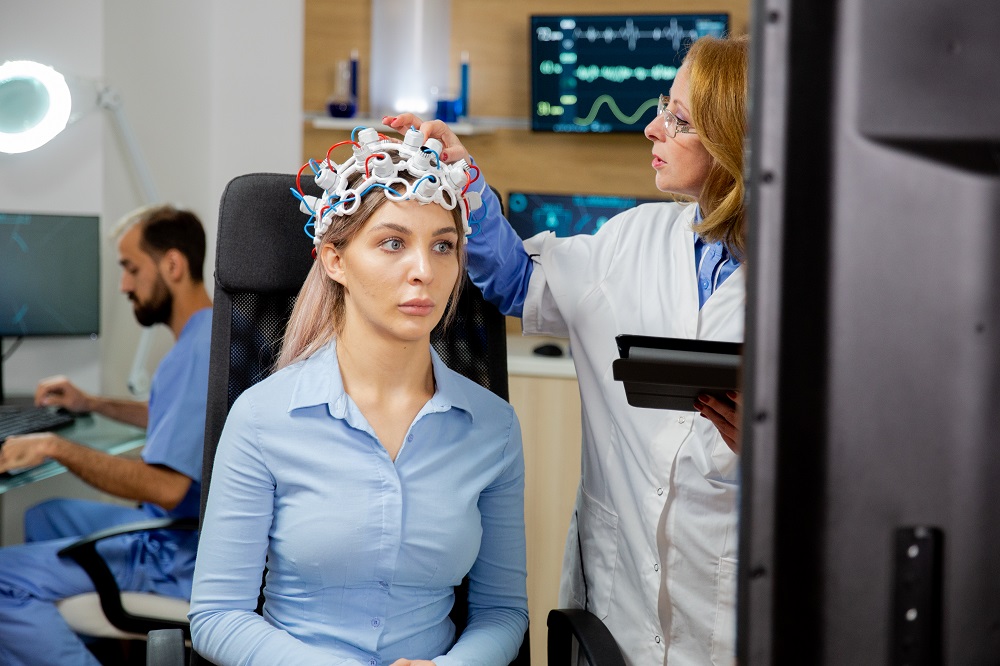The idea that a young person can suffer a stroke is often associated with rare cases, but the truth is that the risk factors that cause it can be present even at an early age. It is important to understand that a stroke does not discriminate by age, and certain habits and conditions can significantly increase the likelihood of it occurring.
Most common risk factors in young people
- Hypertension : Although we tend to think of high blood pressure as a problem for older people, more and more young people are suffering from it. Uncontrolled hypertension is one of the main risk factors for stroke.
- Consumo de alcohol y drogas: El uso excesivo de alcohol o drogas, especialmente estimulantes como la cocaína, puede aumentar la presión arterial y desencadenar un ictus, incluso en personas aparentemente sanas.
- Smoking : Tobacco damages blood vessels, and smoking at a young age can increase the risk of stroke over time. Additionally, people who smoke are also more likely to have high blood pressure.
- High cholesterol : A diet high in saturated fat and a sedentary lifestyle contribute to high cholesterol levels, which can lead to plaque buildup in the arteries and increase the likelihood of a stroke.
- Sedentary lifestyle : Lack of regular physical activity not only affects weight, but also has a direct impact on cardiovascular health. Obesity and lack of exercise are risk factors for young people.
- Oral contraceptives : Using hormonal contraceptives may slightly increase the risk of blood clots in some women, which could lead to stroke.
Genetic or hereditary conditions
Apart from lifestyle habits, some genetic conditions can predispose young people to stroke. For example:
- Congenital heart disease : Some people are born with heart defects that are not detected until adulthood and can contribute to blood clots.
- Clotting disorders : Some young people have conditions that make their blood more likely to clot, which increases the risk of stroke.
Accidents or traumas
In some cases, severe head or neck trauma can cause damage to blood vessels, which could lead to stroke. This is more common in young people involved in contact sports or traffic accidents.
How can stroke be prevented in young people?
The good news is that many of the risk factors for stroke are preventable or controllable. While some factors, such as genetic conditions, cannot be changed, there are many actions that can help reduce the risk of stroke at an early age.
Prevention tips:
- Blood pressure control : Regular checkups and keeping your blood pressure under control are key to preventing stroke. If you have a family history of high blood pressure, it’s especially important to monitor it from an early age.
- Quitting smoking : If you are a smoker, quitting tobacco is one of the best decisions you can make for your brain and cardiovascular health. Smoking dramatically increases the risk of stroke, regardless of age.
- Adopt a healthy diet : Reducing saturated and trans fats and increasing the consumption of fruits, vegetables and foods rich in fiber helps keep cholesterol levels low and protects the health of blood vessels.
- Maintain a healthy weight : Overweight and obesity are important risk factors, but with a balanced diet and regular exercise, it is possible to maintain a healthy weight and reduce the risk of stroke.
- Exercise regularly : Physical activity not only improves cardiovascular health, but also helps maintain a healthy weight and reduces stress levels, another risk factor for stroke.
- Avoid excessive alcohol and drug use : Moderating alcohol consumption and completely avoiding the use of illicit drugs is essential to reduce the risk of suffering a stroke.
What to do if you suspect a stroke in a young person?
Recognizing the symptoms of a stroke early is crucial, as early intervention can save lives and reduce the after-effects. If you notice signs in a young person such as weakness or numbness on one side of the body, difficulty speaking, confusion, blurred vision or loss of balance, seek medical help immediately.
Remember the acronym FAST (face, arms, speech, time). These are the most common signs of a stroke:
- Face : Is one side of your face drooping?
- Arms : Can you lift both arms or does one become weak?
- Pronunciation : Do you have trouble speaking or is your speech strange?
- I mportant: You must act O immediately.
Although stroke is less common in younger people than in older people, it can occur. Risk factors such as lifestyle, medical conditions and family history play an important role. Prevention is essential, and recognizing symptoms early can make the difference between a full recovery and serious after-effects.
Leave us your data to start your treatment







